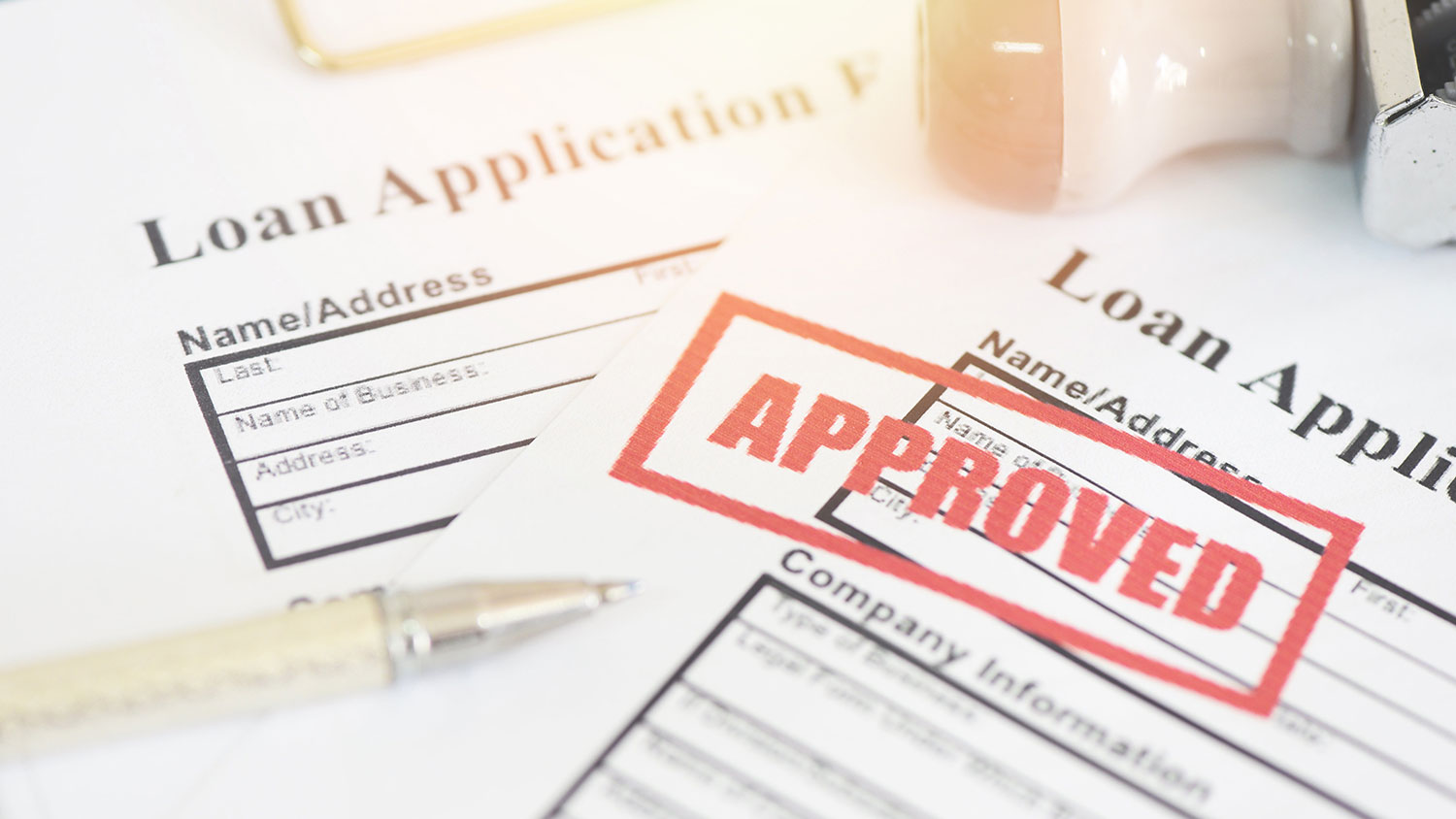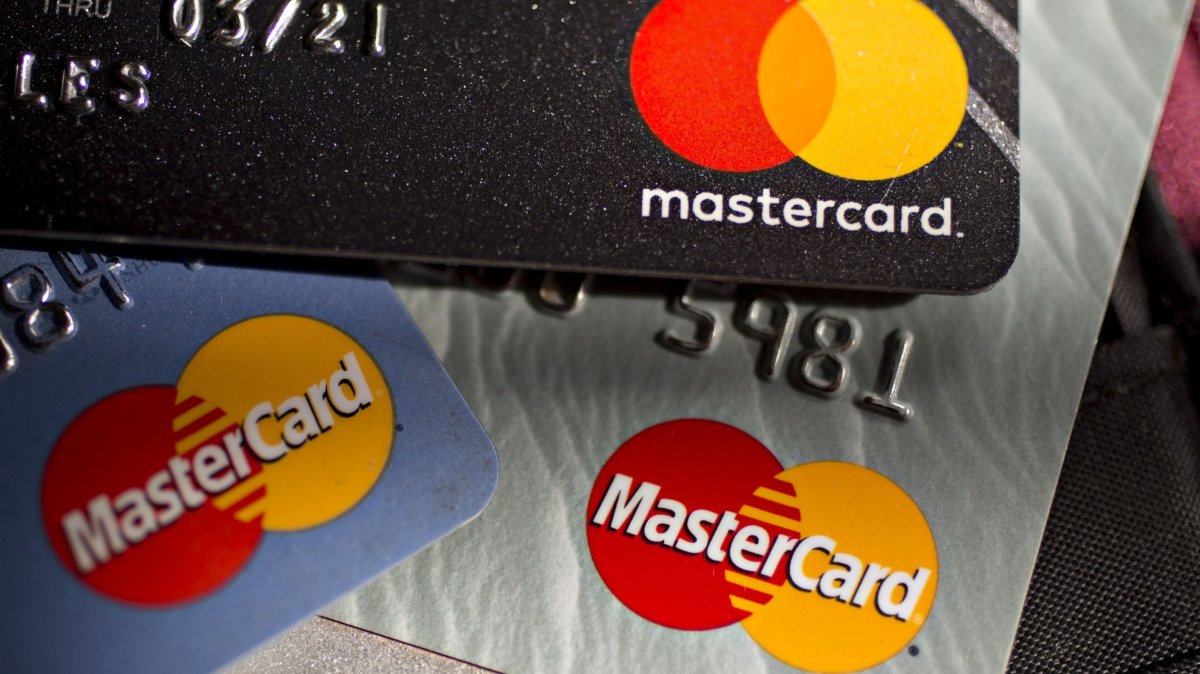Personal Line Of Credit: What You Need To Know
- Posted on Nov. 7, 2023
- Finace
- Views 84
A personal line of credit supplies an easygoing way to borrow finances, analogous to how you would use a credit card. This form of credit can be useful for diverse purposes, such as funding a project with unpredictable costs, covering emergency expenses, or bridging a temporary cash-flow gap. Unlike ensured loans, confidential lines of credit are commonly unsecured, implying you don't have to provide any collateral to access the funds.
Read More

When you are endorsed for an individual line of credit, you gain access to a specific piece of money that you can draw from as needed during a designated draw span. This is distinct from a confidential loan, which provides you with a lump cut of money upfront. With a private line of credit, you are not demanded to repay the borrowed funds during the draw span, but any funds you do repay become unrestricted to borrow further, as long as you are still within your draw span. Following the draw span, you enter a rebate span, where you must pay back both the principal and interest on the borrowed piece.
Interest on an individual credit line only accrues on the funds of cash out, not on the full credit line. There are certain reimbursement approaches you may encounter, including:
- Draw and reimbursement periods: You make the lowest expenses during the draw span, then enter full repayment once the draw span ends.
- Balloon payments: Some lenders may require you to repay the entire borrowed piece in a single, large payment at the end of the draw span.
- Demand line of credit: In this case, a lender can demand a full rebate at any time while the line of credit is open. This structure is rare, but it's something to be aware of.
An individual line of credit is parallel to a personal loan in that both can be operated for diverse legal private expenditures, including home renovations, debt consolidation, medical bills, and weddings. Both options are usually unsecured, meaning no collateral is demanded. However, they differ in terms of how funds are accessed and repaid. A confidential line of credit permits you to borrow funds as needed, with variable claim rates that may fluctuate over time. In contrast, a personal loan provides a revised cut of money upfront, with fixed monthly payments over a set term, and fixed interest rates.
When devoting to a confidential line of credit, lenders commonly evaluate your acclaim score, income, and certain other monetary credentials. An adequate credit score, commonly starting at 670 on the FICO scoring model, is usually demanded to qualify
Here are the steps involved for a personal line of credit:
- Review your credit: Obtain a copy of your credit report and check for any negative marks that could affect your chances of qualifying.
- Research lenders: Investigate diverse lenders, including banks, credit associations, and online lenders, to find the most competing rates.
- Prequalify and compare quotes: Some lenders may present prequalification based on a soft credit check, which doesn't affect your credit score. Compare the annual percentage rates (APRs) and repayment schedules to find the best fit for your needs.
- Fill out the application: Complete the full application, which will include confidential and economic details, and be prepared for a hard credit inquiry.
- Provide verifying documentation: Submit any demanded documentation, such as tax returns, pay stubs, W-2s, and proof of address.
- Wait for approval: Approval times may vary, so be patient and carefully reconsider the interest rate, draw minimums, and repayment schedule before signing any final paperwork.
- Start borrowing: Once your line of credit is active, you can start making withdrawals as needed.
Personal streaks of credit are obtainable through banks, credit partnerships, and certain online lenders. It's advisable to check with your current bank first, as they may offer incentives for existing customers. However, don't limit your search to just one lender.
Pros of Personal Lines of Credit:
- Entrance to funds when needed
- Pay appeal only on the piece borrowed
- Potentially lower claim rates than cards
- Flexible repayment options
Cons of Personal Lines of Credit:
- Potential fees, including monthly or annual supervision fees
- Unstable interest paces may increase over time
- Stringent qualification requirements
- The temptation to borrow more than necessary leads to burdensome debt
Compare diverse lenders to find the lowest rates and fees, keeping in mind that joining a credit union may be vital if you opt for a credit union-based line of credit.


